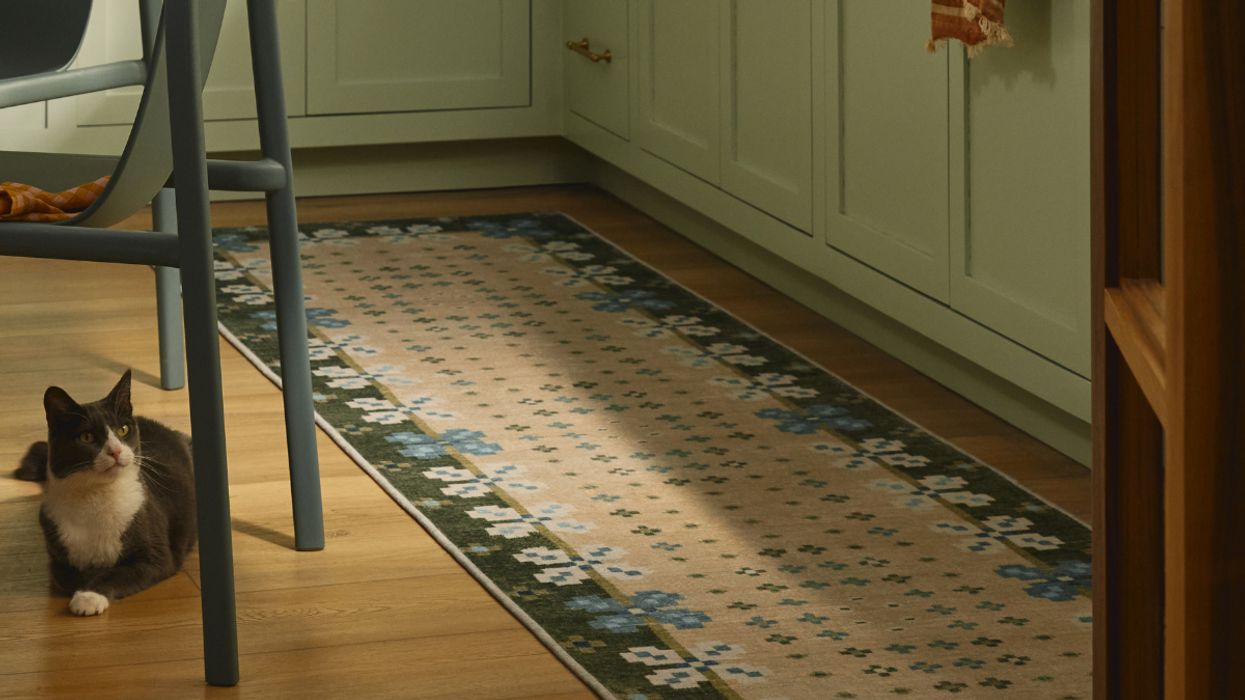If distance makes the heart grow fonder, then what does closeness do?
How to Transition When a Long Distance-Relationship Goes Same-City

Distance is a doozy. Whether it’s long distance with a bestie or long distance with a boo, spending time apart from a big hunk of your heart is hard. But what people don’t often consider is how difficult it can be to transition to a “short-distance” romantic relationship after months — or even years — of being cities, states, or even continents apart. As exciting as it is that you and your S.O. are finally living within miles (maybe even feet!) of each other, know that there will be growing pains. Sarah Epstein, a Philadelphia-based marriage and family therapist, is no stranger to this situation. “You’ve gotten so used to a certain separateness that it might feel overwhelming to be able to see each other regularly or live together,” she says. “On the one hand, every ordinary task done together feels like such a gift — ‘We get to go grocery shopping together!’ On the other hand, your routines will be challenged because they must now incorporate this other person.” Here’s how to cope when those routines really do start to clash.

1. Ask questions. Adjusting to your partner’s constant presence will require learning (or relearning) each other’s routines and quirks, so explicitly inquire about them. During the long-distance phase, Epstein explains, “each partner settled into a life that they lived separately, mentally and emotionally, so take those initial weeks and months to learn how your partner lives their everyday life. You might have been hearing about it, but now you’re seeing it, and you want to be a part of it.” The best way to seamlessly sneak your way into it is by asking questions.
2. Embrace flexibility. Meshing your schedules and lifestyles will take compromise by both parties. You exercise later in the day than them? See if you can manage to make it a morning thing so that you can do it together. Are they messier than you remember? Talk to them maturely about your expectations so you can reach a not-as-messy middle ground. “Start to notice what things are really important to you and what you can let go,” advises Epstein.
3. Check in. “You have to have an open dialogue about each of your expectations for the transition, as well as about how you each feel it’s going,” Epstein says. “This is huge.” If there’s a problem area in the relationship, it should be promptly addressed, before “something becomes ingrained in your collective life that you resent.” Unfortunately, she promises the transition won’t be entirely smooth — which is why talking through it is so essential. It requires intentional check-ins and then, potentially, reevaluations.
4. Go easy on yourselves. It’s because of Epstein’s previous promise that you have to cut yourselves some slack. “Couples might panic that the transition time means that the relationship can’t operate in close proximity. Not so,” Epstein reassures. “Every transition takes time — even good ones.” Expect to encounter situations during which you’ll have to figure out new boundaries and routines; this is normal. Plus, there’s always tomorrow to meet back up and attempt to get it right all over again — and what a luxury that is!
How did you successfully turn your LDR into an SDR? Let us know @BritandCo!
(Photo via Getty)



















